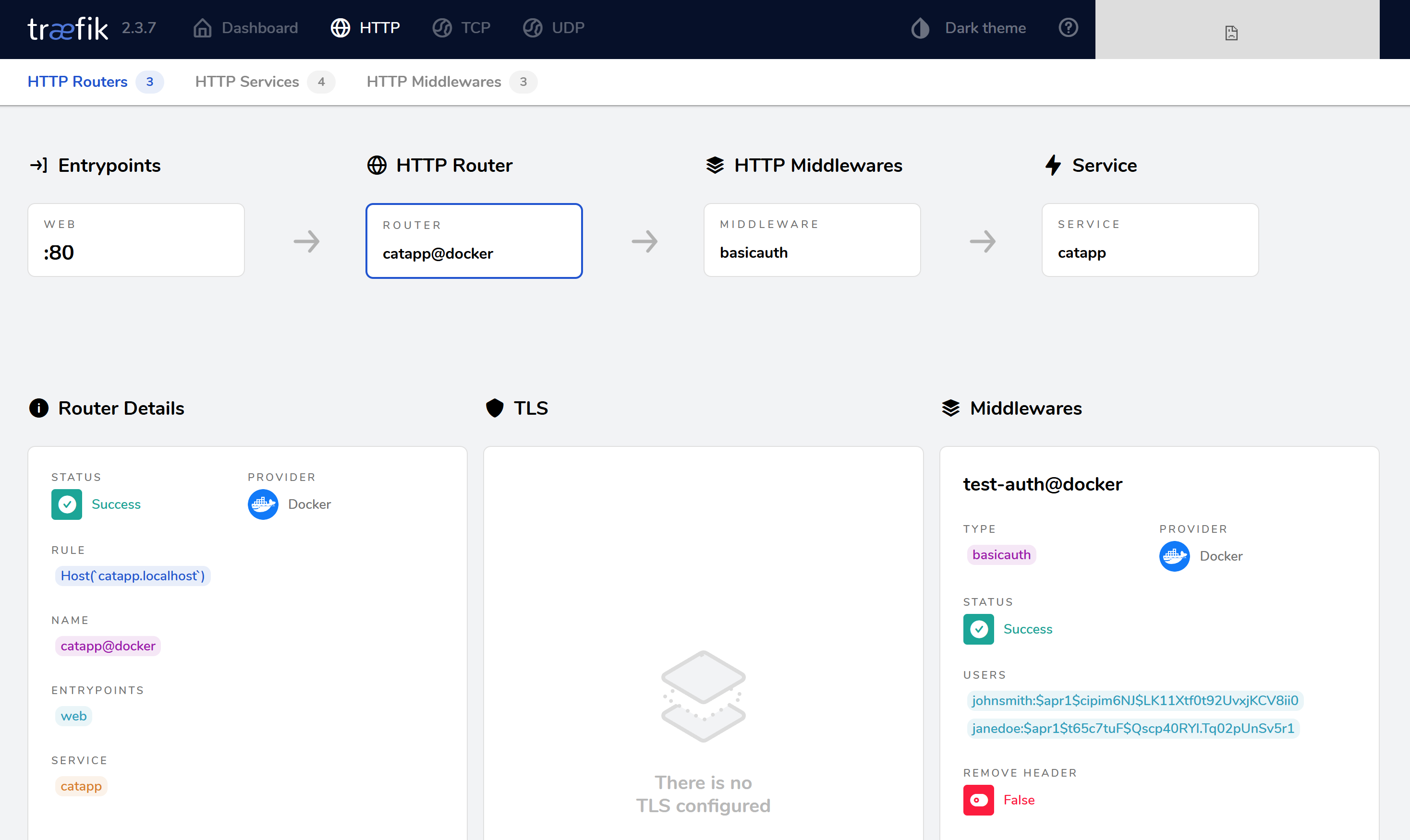Basic Auth
Overview
Basic authentication middleware protects services by requiring a username and password before granting access.
- Connects to the router
- Checks username and password
- Allows or blocks requests based on credentials
This ensures that only authorized users can access the service.
How It Works
When a request reaches the router, the basic authentication middleware intercepts it.
- If the credentials match, the request continues to the service
- If they are incorrect, the middleware responds with a 401 Unauthorized
This adds a security layer for services without built-in authentication.
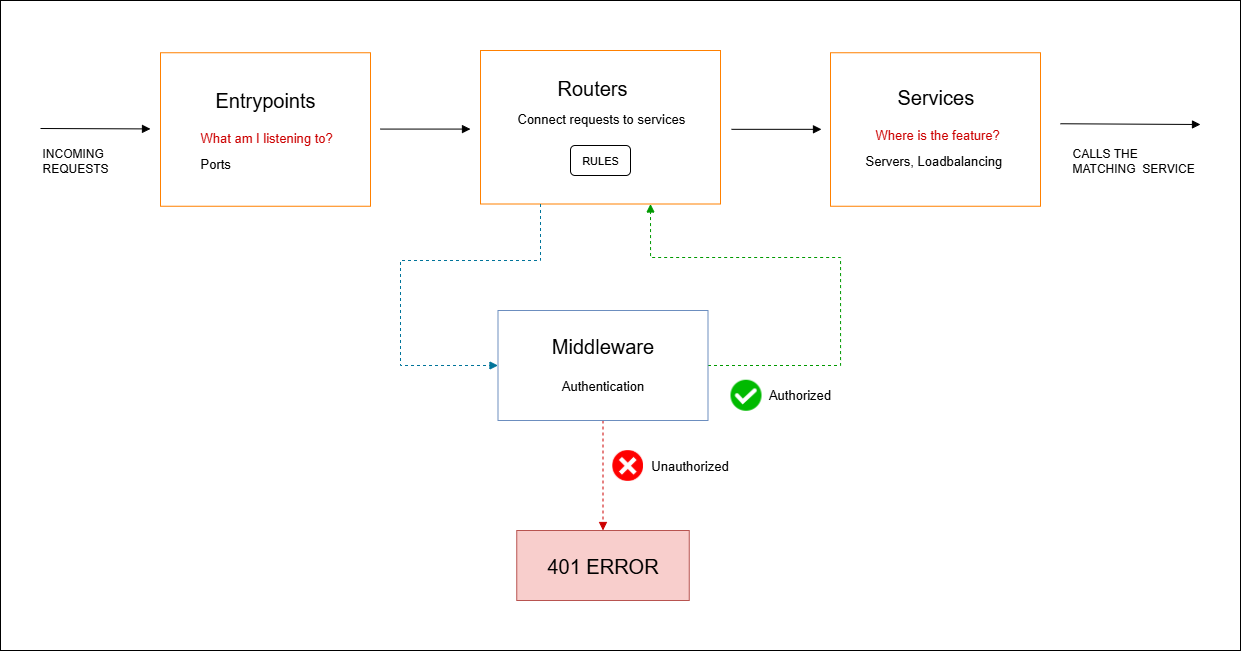
Configuring Basic Authentication
Basic authentication in Traefik is set up using labels.
- Define middleware name
- Use
basicAuthwith hashed passwords - Attach middleware to a router
Example:
labels:
- "traefik.http.middlewares.test-auth.basicauth.users=traefik:$$apr1$$xyz123$$abc456, user2:$$apr1$$def789$$ghi012"
- "traefik.http.routers.cat-app.middlewares=test-auth"
Here:
test-authis the middleware nametraefikanduser2are usernames- Passwords are stored as hashes
Creating Password Hashes
Passwords must be hashed before adding them to the middleware.
- Use the
htpasswdcommand in Linux - Escape dollar signs by doubling them (
$becomes$$)
Example:
htpasswd -nb traefik mypassword | sed 's/\$/\$\$/g'
Expected output:
traefik:$$apr1$$xyz123$$abc456
This output can be placed directly into the middleware label.
Lab: Using Basic Auth
This lab shows how to secure an application by adding a username and password directly through Traefik middleware. With this setup, the application will require credentials before granting access.
Clone the Repository
To try out the lab, clone the project repository from GitHub.
- Github repo: joseeden/labs-traefik
Clone and move into the project directory:
git clone https://github.com/joseeden/labs-traefik.git
cd labs-traefik/05-middleware/01-basic-auth
Project structure:
05-middleware
├── 01-basic-auth
│ ├── .gitignore
│ ├── basicauth_users
│ ├── docker-compose.auth.yml
│ ├── docker-compose.secrets.yml
│ ├── docker-compose.usersfile.yml
│ ├── traefik.yml
│ └── usersfile
Creating the Passwords
Passwords must be hashed before being added to the configuration.
- Use the
htpasswdcommand to generate credentials - Escape dollar signs by replacing
$with$$ - Optionally use an online tool for Windows
To use htbpassword, you need to install it first:
sudo apt install -y apache2-utils
Below are the credentials that we want to use:
| Username | Password |
|---|---|
| johnsmith | Thr3@tl3u3lw!dN!QHt |
| janedoe | @Ll!$szM3lLiND@h0oD |
Generate the hashes using the command:
htpasswd -nb johnsmith 'Thr3@tl3u3lw!dN!QHt' | sed 's/\$/\$\$/g'
Expected output:
johnsmith:$$apr1$$cipim6NJ$$LK11Xtf0t92UvxjKCV8ii0
Repeat for other users as needed.
htpasswd -nb janedoe '@Ll!$szM3lLiND@h0oD' | sed 's/\$/\$\$/g'
Expected output:
janedoe:$$apr1$$t65c7tuF$$Qscp40RYl.Tq02pUnSv5r1
Updating Configuration
The hashed passwords are added to the middleware definition.
version: "3"
services:
traefik:
image: traefik:v2.3
ports:
- "80:80"
- "443:443"
- "8080:8080"
volumes:
- /var/run/docker.sock:/var/run/docker.sock
- ./traefik.yml:/etc/traefik/traefik.yml
# Add the catapp service
catapp:
image: mikesir87/cats:1.0
labels:
- "traefik.enable=true"
# Routers
- "traefik.http.routers.catapp.rule=Host(`catapp.localhost`)"
- "traefik.http.routers.catapp.service=catapp"
- "traefik.http.routers.catapp.entrypoints=web"
- "traefik.http.routers.catapp.middlewares=test-auth"
# Services
- "traefik.http.services.catapp.loadbalancer.server.port=5000"
# Middleware BasicAuth
- "traefik.http.middlewares.test-auth.basicauth.users=johnsmith:$$apr1$$cipim6NJ$$LK11Xtf0t92UvxjKCV8ii0,janedoe:$$apr1$$t65c7tuF$$Qscp40RYl.Tq02pUnSv5r1"
Where:
test-authis the middleware name- Router references the middleware by its exact name
Deploying and Testing
Once configured, deploy and test the authentication.
docker stack deploy -c docker-compose.auth.yml traefik
Output:
Creating network traefik_default
Creating service traefik_traefik
Creating service traefik_catapp
Open the Traefik dashboard:
http://localhost:8080/
Go to Routers > HTTP Routers > Click catapp@docker. Confirm the middleware is linked to the router.
Access the application in a browser. When prompted, enter the configured username and password.
If credentials are correct, the request is allowed.
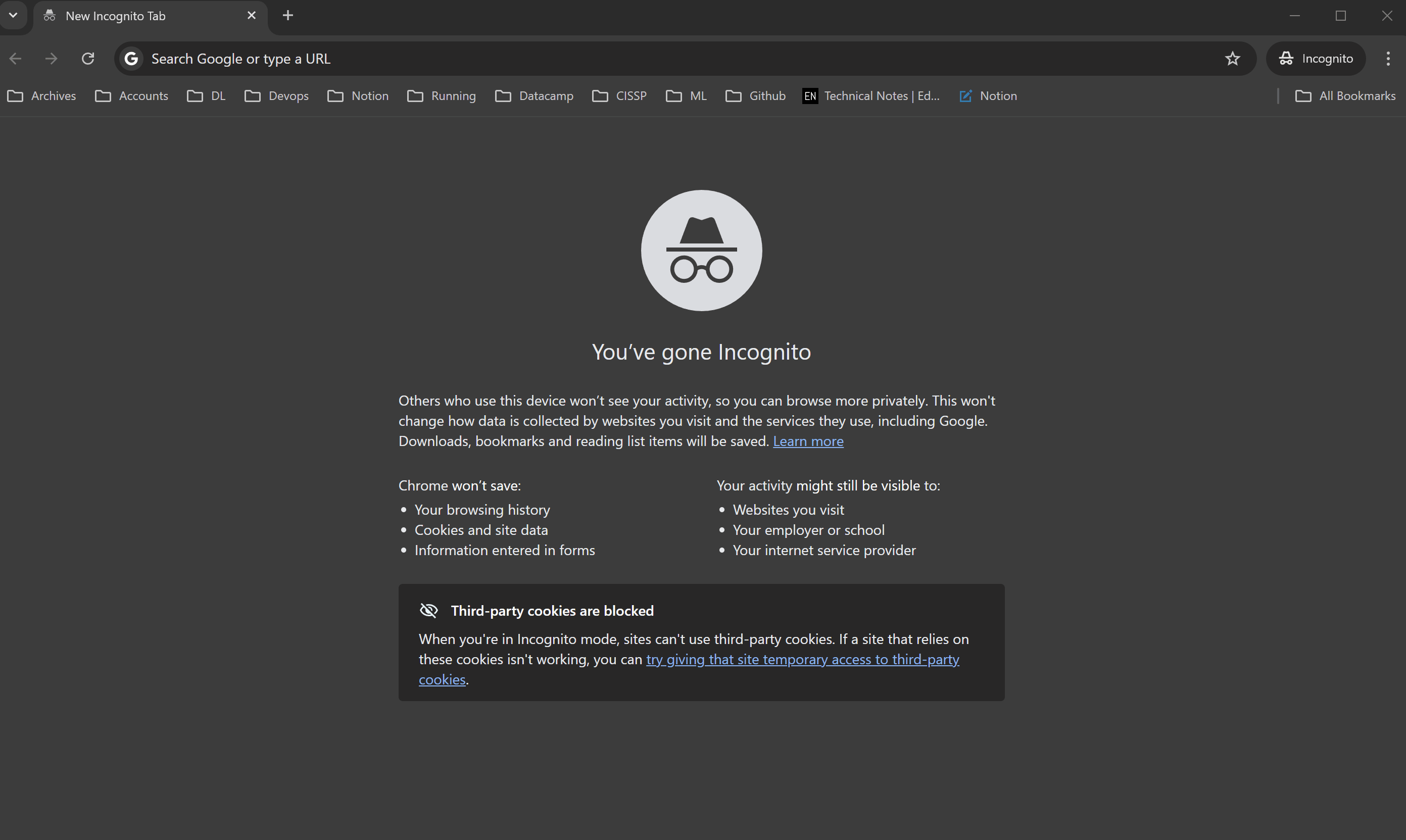
Now try entering incorrect credentials. For now, access will be blocked, but we’ll add a custom error page in later labs.
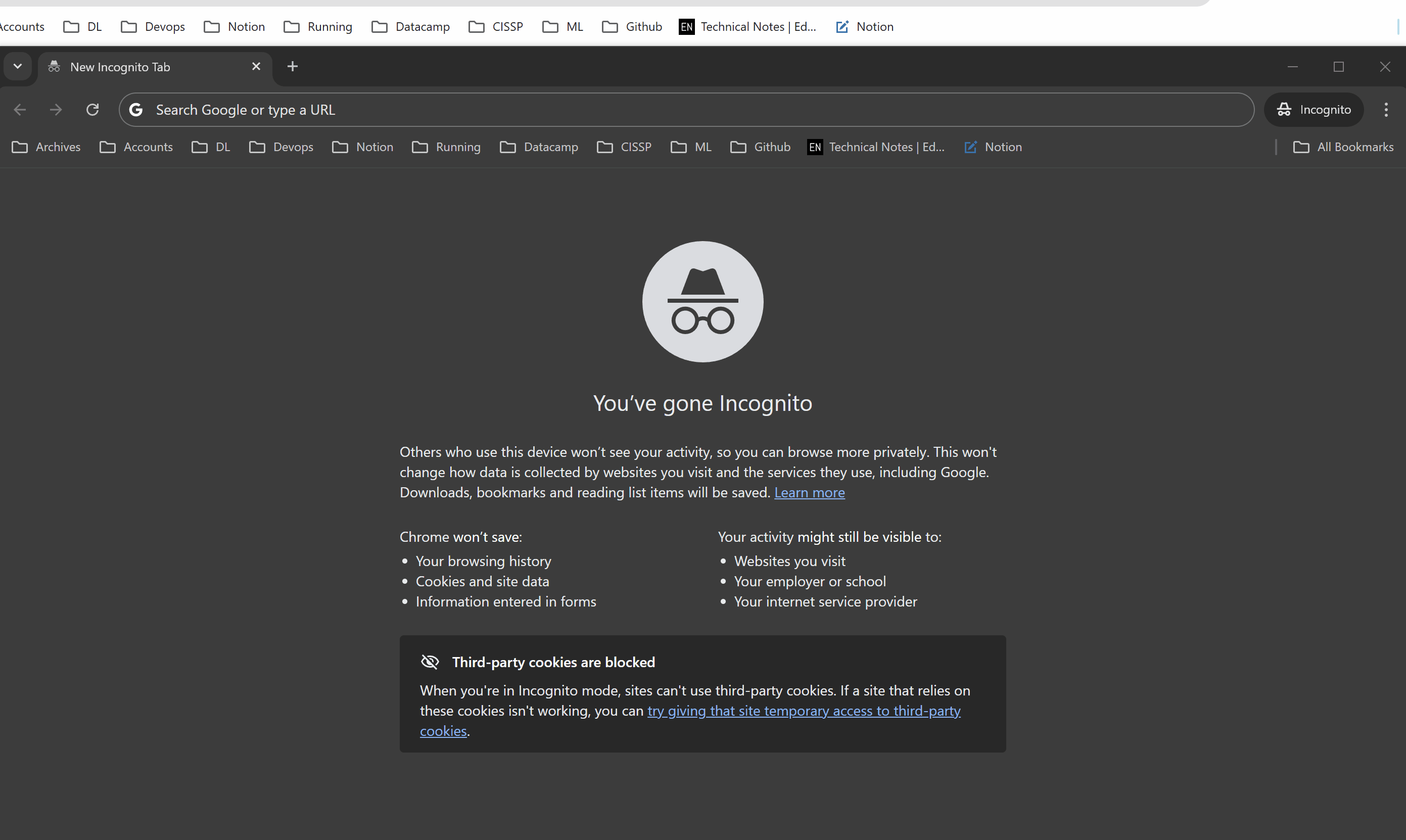
Storing Credentials Safely
Keep sensitive login details out of your codebase.
- Do not place credentials directly in
docker-compose.yml - Save them in a separate file excluded from Git
- Use environment variables loaded from a
.envfile (also excluded from Git) - For production, store them in a secrets manager like Vault, AWS Secrets Manager, or Docker secrets
This way, passwords stay secure and never end up in the repository.
Using a separate file
This method uses a separate file to store credentials, keeping them out of the main configuration.
-
Create a
usersfilefile in the same directory as your Docker compose file. This file will contain the hashed credentials, one per line.Run the command once again, but without
sed:htpasswd -nb johnsmith 'Thr3@tl3u3lw!dN!QHt'
htpasswd -nb janedoe '@Ll!$szM3lLiND@h0oD'Then create the
.envfile and add the credentials:johnsmith:$apr1$cipim6NJ$LK11Xtf0t92UvxjKCV8ii0
janedoe:$apr1$t65c7tuF$Qscp40RYl.Tq02pUnSv5r1infoNOTE:
-
Add
usersfileto.gitignore:usersfile -
Delete the existing service first:
docker stack rm traefik -
We'll use the
docker-compose.usersfile.ymlfor this example:version: "3"
services:
traefik:
image: traefik:v2.3
ports:
- "80:80"
- "443:443"
- "8080:8080"
volumes:
- /var/run/docker.sock:/var/run/docker.sock
- ./traefik.yml:/etc/traefik/traefik.yml
- ./usersfile:/usersfile:ro # <-- mount your users file here
catapp:
image: mikesir87/cats:1.0
labels:
- "traefik.enable=true"
# Routers
- "traefik.http.routers.catapp.rule=Host(`catapp.localhost`)"
- "traefik.http.routers.catapp.service=catapp"
- "traefik.http.routers.catapp.entrypoints=web"
- "traefik.http.routers.catapp.middlewares=test-auth"
# Services
- "traefik.http.services.catapp.loadbalancer.server.port=5000"
# Middleware BasicAuth using usersfile
- "traefik.http.middlewares.test-auth.basicauth.usersfile=/usersfile" -
Deploy the stack:
docker stack deploy -c docker-compose.usersfile.yml traefik
The credentials will be pulled from usersfile at runtime, never stored in Git. To verify if it works, access the catapp.localhost in your browser, and try the other credential.
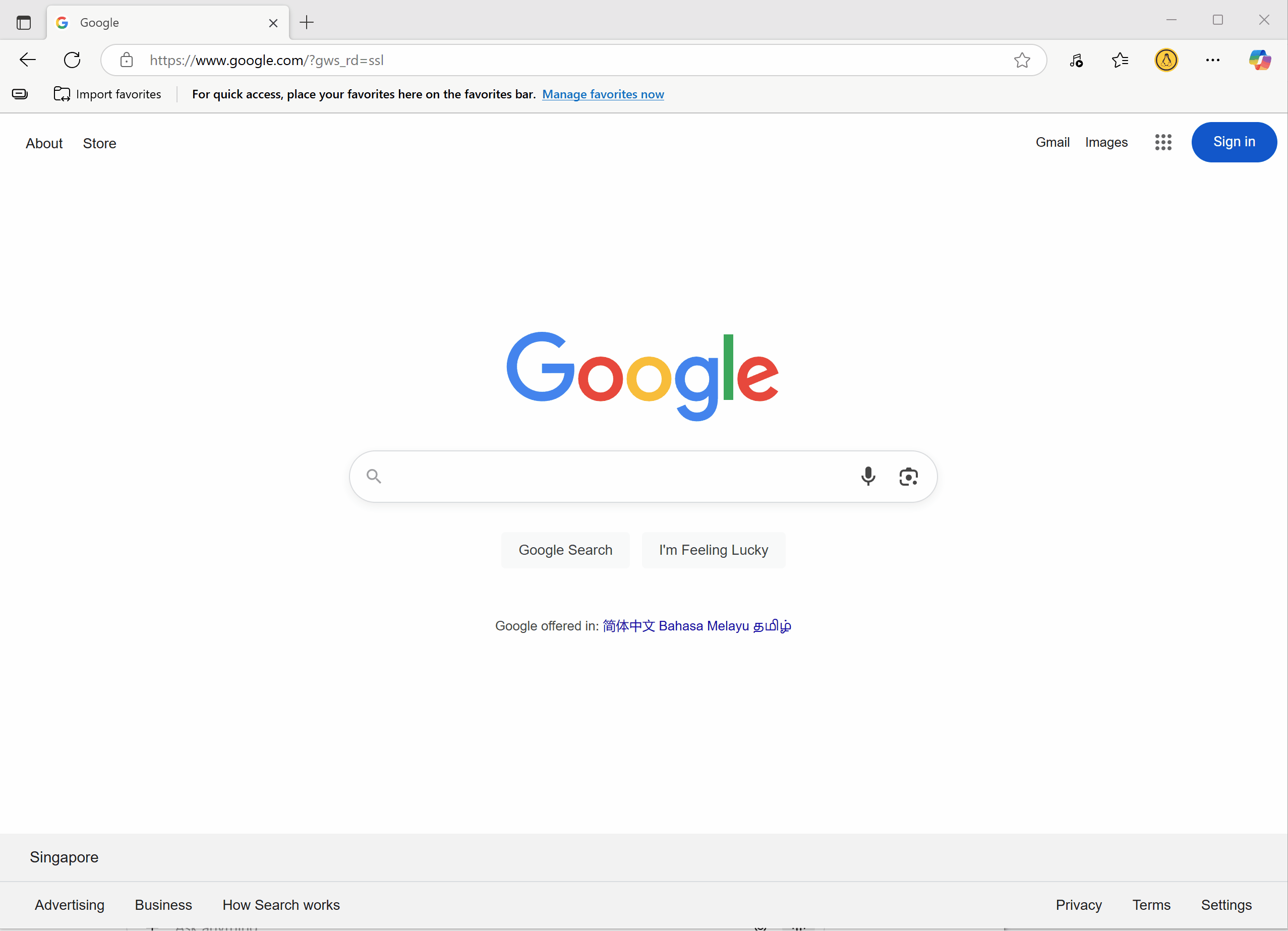
Using Docker Secrets
Using Docker secrets is a safe way to manage your Basic Auth credentials without exposing them in your images or compose files.
-
Create the secret file (
basicauth_users) locally:htpasswd -nb johnsmith 'Thr3@tl3u3lw!dN!QHt' > basicauth_users
htpasswd -nb janedoe '@Ll!$szM3lLiND@h0oD' >> basicauth_users
htpasswd -nb michaelscarn 'n0g0DNN0!h@t3t08y' >> basicauth_users
echo "basicauth_users" >> .gitignore -
Create the Docker secret:
docker secret create basicauth_users ./basicauth_users -
Use the
docker-compose.secrets.ymlthat references the file inside the container:Important notes:
- Secrets appear inside containers at
/run/secrets/<secret_name>by default - Use the secret file path like
usersfile=/run/secrets/basicauth_users - Your Docker setup must support secrets (Compose file version 3.1 or higher)
- Mark secrets as external if created outside Compose with
docker secret create
Example
docker-compose.secrets.yml:version: "3"
services:
traefik:
image: traefik:v2.3
ports:
- "80:80"
- "443:443"
- "8080:8080"
volumes:
- /var/run/docker.sock:/var/run/docker.sock
- ./traefik.yml:/etc/traefik/traefik.yml
secrets:
- basicauth_users
catapp:
image: mikesir87/cats:1.0
labels:
- "traefik.enable=true"
# Routers
- "traefik.http.routers.catapp.rule=Host(`catapp.localhost`)"
- "traefik.http.routers.catapp.service=catapp"
- "traefik.http.routers.catapp.entrypoints=web"
- "traefik.http.routers.catapp.middlewares=test-auth"
# Services
- "traefik.http.services.catapp.loadbalancer.server.port=5000"
# Middleware BasicAuth using usersfile
- "traefik.http.middlewares.test-auth.basicauth.usersfile=/run/secrets/basicauth_users"
secrets:
basicauth_users:
external: true - Secrets appear inside containers at
-
Deploy the stack:
docker stack deploy -c docker-compose.secrets.yml traefik
Note that in step 1, a third user was added. Use this user to test access and verify your setup.
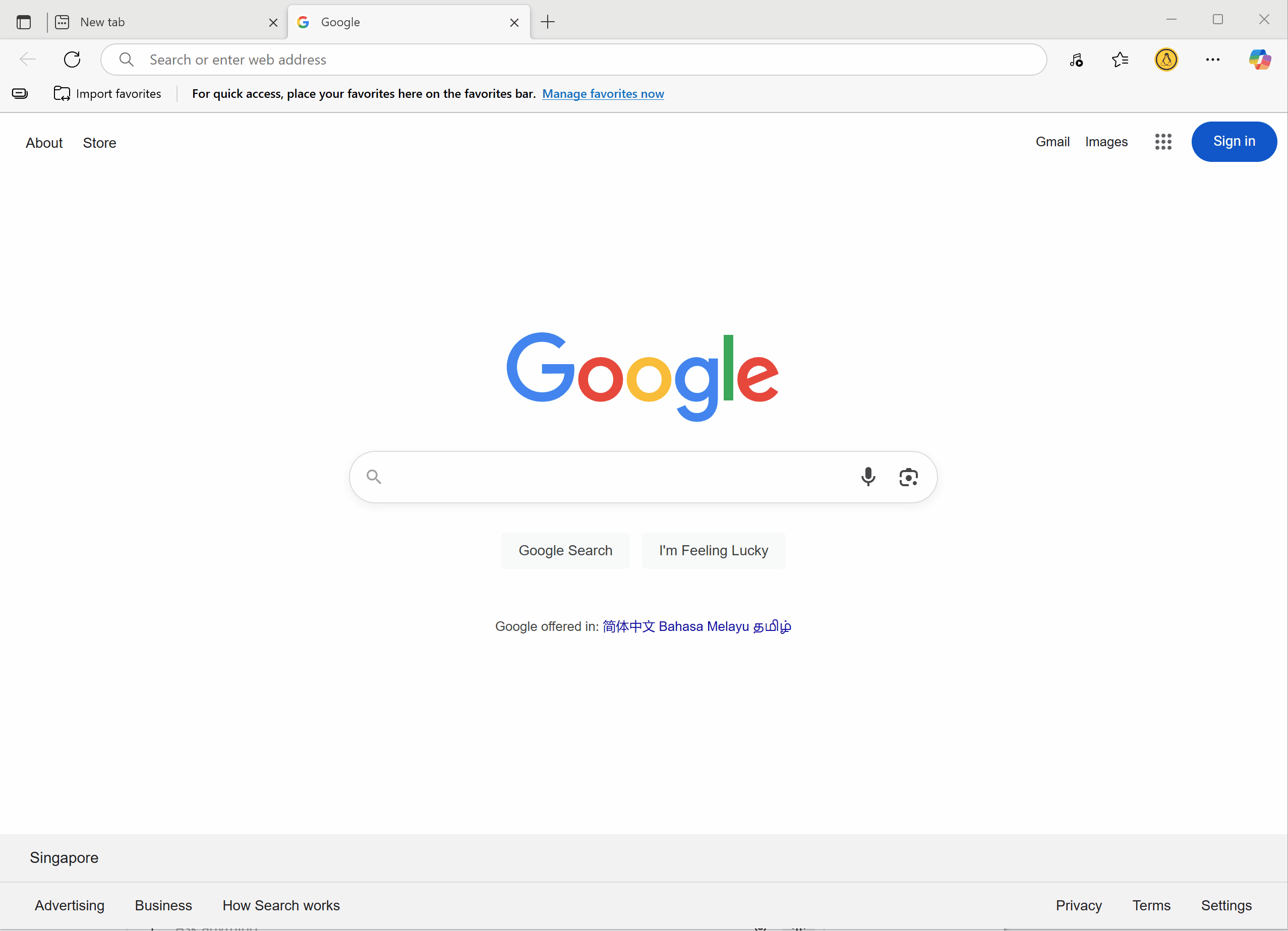
Cleanup
Delete the deployed stack:
docker stack rm traefik
You can also delete the usersfile and basicauth_users :
rm -f usersfile
rm -f basicauth_users
